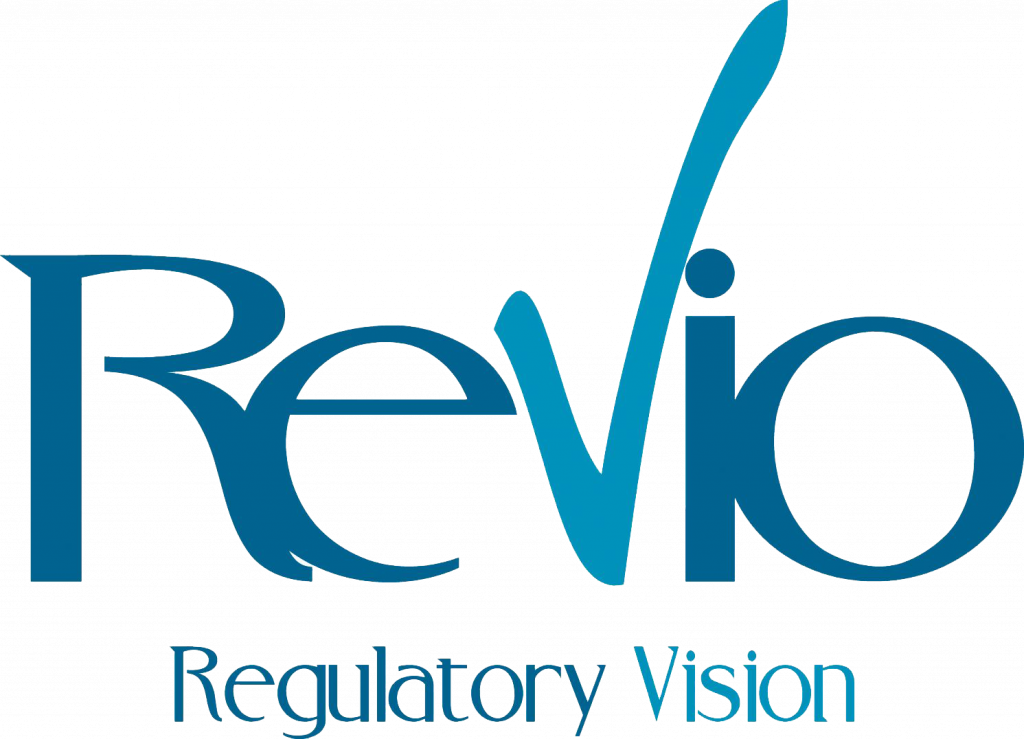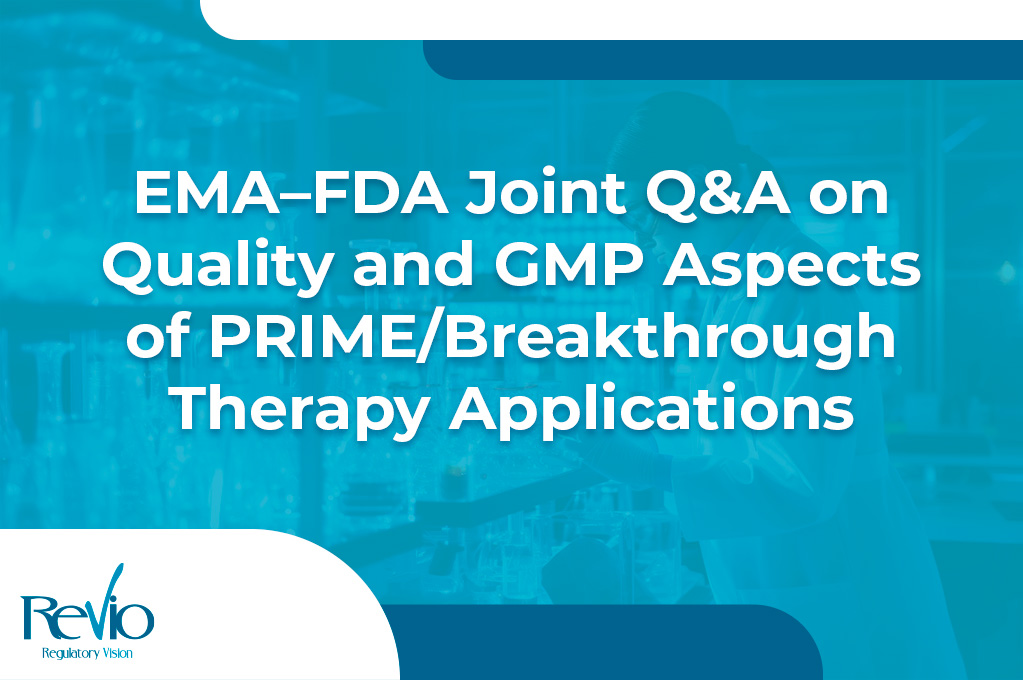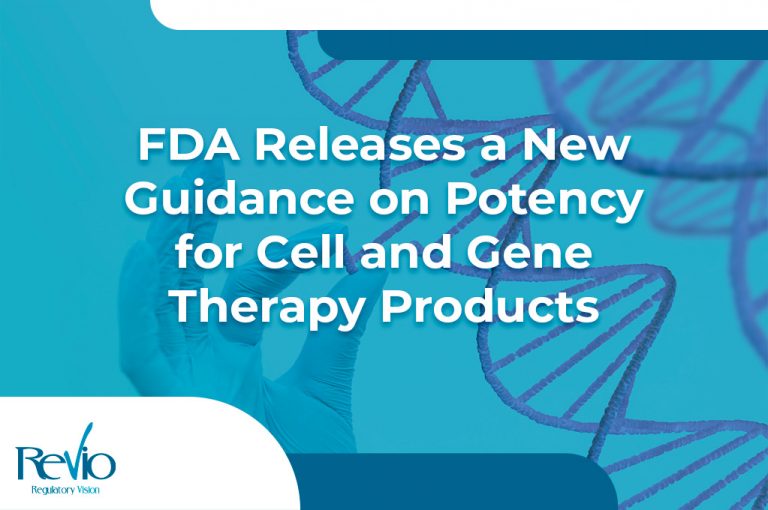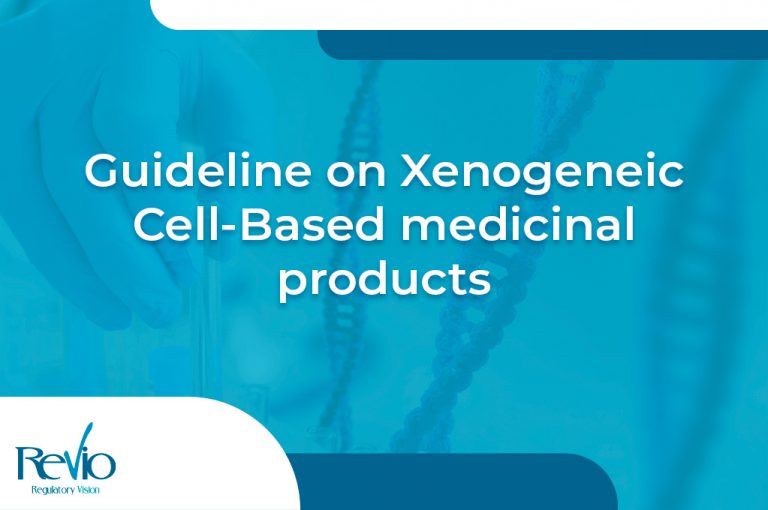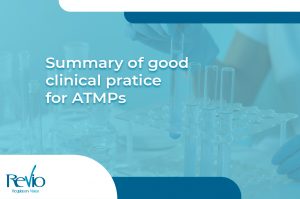The EMA’s PRIority MEdicines (PRIME) scheme and the FDA’s Breakthrough Therapy (BT) designation program are designed to expedite the development of innovative products that address unmet medical needs. However, the marketing applications for these products are still expected to include all clinical, non-clinical, and chemistry, manufacturing, and control (CMC) information. Generating all this information within the short timelines can be challenging.
EMA and FDA have been collaborating with stakeholders on early access approaches. As a result of these discussions, in December, EMA and FDA jointly published a Q&A document as annexes to the original workshop report from 2018.
For EMA, the annexes issued in these discussions apply to chemical and biological medicinal products for human use, including complex biologicals (such as ATMPs), unless otherwise specified. However, for the FDA, they only apply to CDER-regulated products; advanced therapy medicinal products (ATMPs) and other CBER-regulated products are not within the scope of these documents.
Some of the information contained in these annexes includes:
Annex 1: Q&A on Control Strategy Considerations for PRIME/BT Applications
PRIME/BT programs may involve fewer development and commercial batches produced prior to marketing compared to traditional programs, leading to limited product quality knowledge for setting specifications. EMA and FDA have agreed on the possibility of establishing a specification acceptance criterion broader than the actual test results of the batches used in clinical studies. Alternatively, the specification can be based on other products, but a justification must be provided. The specification should be justified in terms of clinical impact and the quality risk management principles described in ICH Q9 Quality Risk Management. When it comes to analytical methods validation, the principles outlined in the ICH Q2 guideline should be applied. In some cases, it may be possible to accept additional method validation data post-approval, but this requires prior discussion with the regulatory authority.
Annex 2: Q&A on Process Validation Approaches for PRIME/BT Applications
Concurrent Validation is one approach to Process Validation where batches are released for marketing prior to the approval of a complete validation package, based on data from individual batches. This approach can be used on a case-by-case basis, especially when there is a strong benefit-risk ratio for the patient, or for marketing medicinal products with limited demand (e.g., orphan drugs), life-threatening or severely debilitating conditions, products with short shelf life, or in urgent demand situations. EMA requires validation to be completed before placing batches on the market, whereas the FDA/CDER requires completion at the time of dossier submission for marketing authorization.
Annex 3: Q&A on Alternatives for Determining Re-Test Period or Shelf-Life for PRIME/BT Applications
A marketing application may deviate from the recommendations in ICH Q1A (R2) Stability Testing for New Drug Substances and Products and ICH Q5C Quality Testing of Biotechnological/Biological Products. When there is insufficient primary data available to determine the re-test period or shelf life for PRIME/BT products, various scientifically justified approaches can be considered based on a holistic benefit-risk assessment. These approaches must be agreed upon in advance with the relevant regulatory authority. For most biotechnological/biological substances well-characterized, retest period may not be applicable and shelf life is established instead. Possible approaches include:
- Using stability data from supportive batches of the DS or DP and/or prior knowledge from other products to define the retest period or shelf life.
- Leveraging prior knowledge from other products.
- Using of stability modeling, which can be used to support comparability of primary and supportive stability batches, for instance when CMC changes occur after clinical trials but before marketing authorization. However, if new critical quality attributes (CQAs) are identified, it is necessary to reconsider or requalify the modeling. EMA advises mentioning the use of this approach in the PRIME kick-off meeting and following up with a Scientific Advice request. The FDA/CDER does not recommend the use of predictive models for well-characterized biotechnology products.
Annex 4: Q&A on GMP Considerations for PRIME/BT Applications
In some cases, launching from an investigational medicinal product (IMP) facility may be necessary when commercial manufacturing facilities cannot meet patient needs in a timely manner. To be acceptable, an investigational medicinal product manufacturing process and facility should meet at least the following conditions:
– The facility must be GMP compliant.
– The manufacturing process must be fully validated using robust Quality Risk Management.
Any differences in the approach to GMP controls at the IMP should be fully assessed and justified to the regulator. It is a requirement to have the manufacturing controls and the facility inspected and authorized by a regulator in compliance with GMP. In the EU, when this cannot happen, a risk-based facility assessment by a regulatory authority is normally required.
It is also possible to use starting material (e.g., master cell bank) that has been manufactured under an appropriate level of GMP for IMP if agreed upon by the regulatory authorities. However, traceability, prevention of contamination, and a documented risk assessment identifying the testing requirements necessary to ensure the quality of the starting material and medicinal product are required.
EMA has published a Toolbox guidance on scientific elements and regulatory tools to support quality data packages for PRIME marketing authorisation applications.
Check the official EMA Guideline if you want to know more or to consult the complete updated information related reform.
Nevertheless, we have launched a dedicated webpage to bring to you the latest updates, guidance and developments. You can also follow us on LinkedIn.
